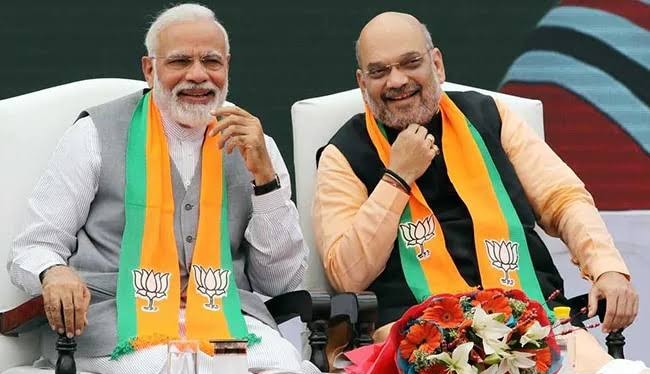The driving force behind the budget is a reflection of Prime Minister Narendra Modi’s effective and forward-thinking leadership. According to Tarun Chugh, this budget shows our robust economy, the influence of young India, and a multicultural work culture.
India’s Union Budget for 2023–24 is historic. The Budget provides the way for the advancement of each sector and educational level. It is the first budget since the height of freedom that emphasises inclusion and seeks to strengthen India’s solid foundation of independence.
The budget advances the tenet of “Sabka Saath, Sabka Vikas, Sabka Vishwas, and Sabka Prayas” under the capable leadership of Prime Minister Narendra Modi and Finance Minister Nirmala Sitharaman. While the microeconomic level of everyone’s overall welfare has received attention in this Union Budget, measures have also been made to place a focus on the macroeconomic level’s expansion.
The four development targets highlighted in the budget will result in an independent, powerful, and affluent India as India enters its Amrit Kaal for the next 25 years.
Each and every segment of society will gain from this budget. It has been planned to store the most grain. Digital payments will also be used in the agricultural sector at this hub of rural development. This budget will increase living standards in addition to offering jobs to a huge portion of the people.
Amrit Kaal’s first budget will serve as the foundation for achieving the goal of an independent and developed India. The budget’s groundbreaking initiatives for farmers and the middle class will realise society’s expectations. In the budget, emphasis has been placed on the underprivileged areas.
The driving force behind the budget is a reflection of Prime Minister Narendra Modi’s effective and forward-thinking leadership. This budget represents our robust economy, the influence of young India, and the multiracial work ethic. This budget reflects the government’s goals and has given the last man beams of development. This budget will place a strong emphasis on earning potential, wellbeing, and education.
The middle class will gain from the new income tax exemption ceiling. The new method will reduce the standard deduction for retirees, family pensioners, and those receiving fixed salaries. The three lakh rupee ceiling for non-government paid employees’ income tax exemption during leave encashment upon retirement was set in 2002. The government’s highest basic salary at the time was Rs. 30,000. The upper ceiling has been raised to Rs. 25 lakh. In other words, up to Rs. 25 lakh in leave encashment will not be subject to tax.
There will be more startups in the agricultural sector. The goal for agricultural loans will rise to Rs 20 lakh crore. The Agriculture Accelerator Fund will help agribusiness firms expand. The farmers will benefit from this and be better able to handle obstacles. Productivity will rise as a result. Farmers, the state, and industrial partners will engage in it.
The goal for agricultural finance has been raised to Rs 20 lakh crore, with an emphasis on dairy, fisheries, and animal husbandry. One crore farmers would be urged to practise natural farming during the next three years. There will be 10,000 bio-input research centres built. Micro fertiliser will be the focus of this.
The Union Budget for 2023–24 includes a total of Rs 1,564 crore for the Census of 2021 and its associated activity. The Corona pandemic has caused the census to be delayed for more than three years. Compared to the Rs 3,676 crore in the budget estimates from the previous year, the funding for the census exercise is less than half the current figure. As a result, every cent is being considered, and the budget will herald in a new era of progress and transform India into an independent country.
For the railway industry, the government has allocated a capital outlay of Rs 2.40 lakh crore. This budget for 2013–14 is surpassed by nine times. The capital business has grown, with a focus on housing, urban works, railroads, and roads and highways in particular. This will have a direct impact on how the nation’s economy develops. The largest housing programme for the underprivileged run by the federal government has seen its funding increased in the budget by 66%.
The budget will lay a solid platform on which to realise the lofty goal of a developed India. The poor are given precedence in this budget. Everyone in the hamlet, from the middle class to the farmers and the impoverished, will see their dreams come true thanks to this money. The Vishwakarma Kaushal Samman proposed by the PM will significantly alter the lives of millions of Vishwakarma (workers). Forth our culture, producing something requires putting in a lot of effort using one’s own hands, tools, and resources. Additionally, an ambitious plan to establish new primary cooperatives was outlined in the budget.
After this budget, the farm industry will have access to digital payments. As a result, we have a fairly ambitious strategy for the infrastructure of digital agriculture in this budget. The effort to overhaul our sectors and encourage credit has advanced. The aspirations of a rich and thriving India are greatly aided by the middle class.
